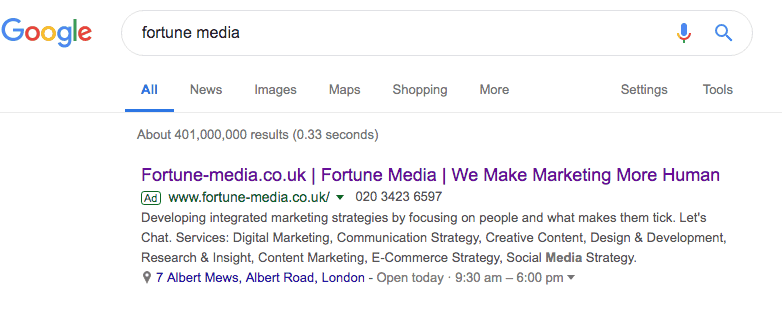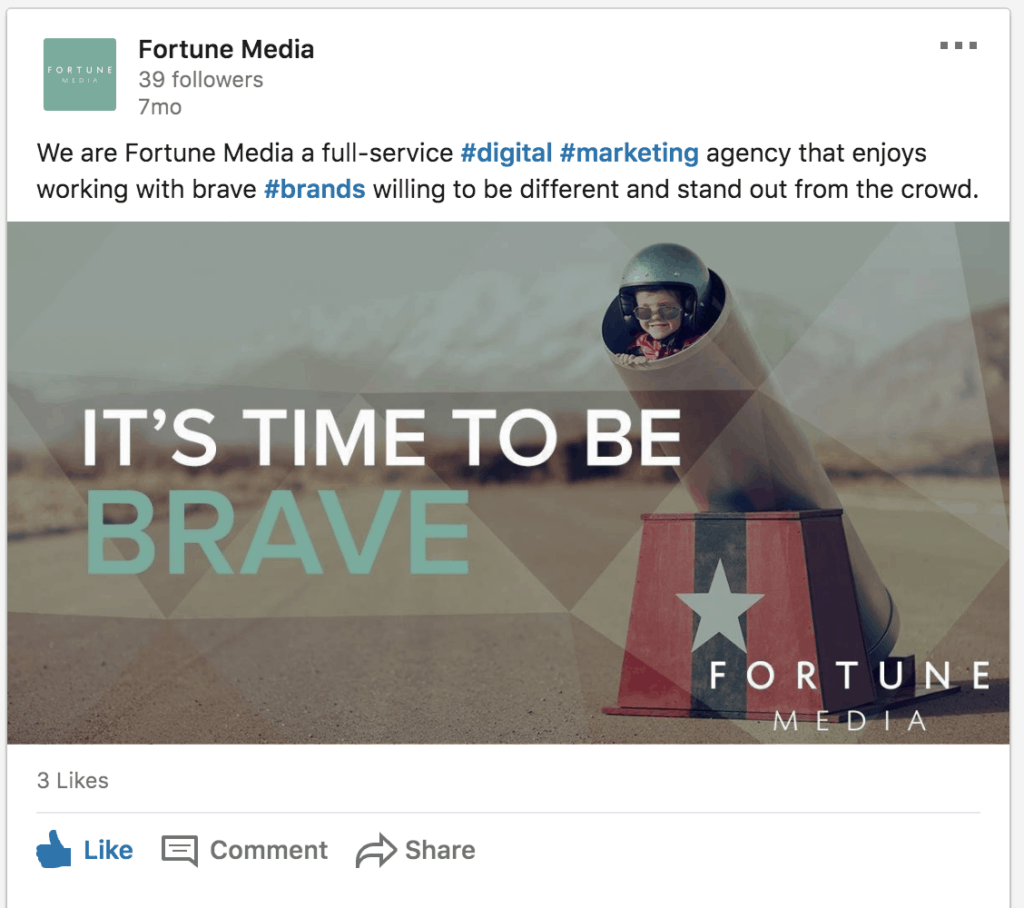New digital marketing channels are being introduced every year, and these days paid advertising comes in many shapes and forms.
In order to create a successful integrated marketing strategy, it’s crucial to select suitable online advertising solutions. With Paid Search and Paid Social being the two most common options, it is recommended to understand the differences and advantages of each.
What is Paid Search?
Paid Search, also referred to as Search Engine Marketing (SEM) or Pay-Per-Click (PPC), is an advertising method that pays for an ad to appear as a result on paid advertising sections of a search engine page. The ads are shown to people who use certain terms when using search engines. These search terms, or so-called keywords, are selected by the advertiser to reach ideal potential customers with a relevant ad.
Due to a limited number of advertising spaces on the search engine’s results page, an auction is performed to determine which ads will be shown. Multiple advertisers may bid against each other by setting the amount they are willing to pay for a click when a certain search term is used.
This auction takes many factors into account to decide the result, such as the bid, ad relevance, and expected impact of your ad. Paid Search advertising can be done on Google, Bing and other less commonly used search engines. Text-only ads that blend into the search results (SERPs or Search Engine Result Pages) with organic results is the most common search ad format available.
Here is an example, the ads on top are all Paid Search:

What is Paid Social?
Paid Social is a more recent advertising strategy that delivers ads on social media platforms. The broad targeting possibilities allow advertisers to reach users based on their interests, demographics and other features. Paid Social ads can have different objectives – anything from building brand awareness and driving consideration, to aiming for conversions.

Ads on social media are shown to certain individuals after an auction for the spot takes place, similarly to ad auctions performed on search engines. Advertisers who have more favourable bidding strategies and ads of high relevance are more likely to reach the desired audience. Unlike the typical text ads widely seen on Paid Search, social media platforms like Facebook, Instagram and LinkedIn offer a variety of visual ad formats including video ads that often have the possibility for the audience to interact with the ad just as one would with non-paid content.
For example, this is a Paid Social ad on LinkedIn:

Paid Social and Paid Search – Rivals or Companions?
You may be wondering – do you have to choose one or another? It all depends on your digital marketing strategy, objectives and how your audience interacts online.
Paid Search is widely known for its ability to reach the potential customers who are further down the sales funnel as these individuals are actively looking for products, services or information about specific topics and already know what they want. This often results in high interaction with ads and high conversions. In addition to allowing targeting by intent, Paid Search is also a great solution to gain exposure for businesses that struggle with organic rankings, or websites that have been launched recently and want to speed up their visibility to a relevant audience.
Paid Social advertising, on the other hand, has a perk of reaching incredibly specific groups of people who match your customer persona, thanks to advanced targeting options. It’s a great way to get your brand out there by reaching large yet defined audiences that may not ever find about your brand otherwise. This builds awareness and consideration by introducing your brand and starting a conversion. You can also target impulsive and visually-inspired shoppers who are not looking for anything in particular but can be inclined to buy your offering. This can be a great strategy for advertisers within certain niches and industries.
Which one is a better option for your business?
To find the answer it’s worth asking yourself this key question – what is your main goal? If you are aiming to drive as many conversions as quickly as possible, Paid Search is a good channel to focus on. However, if you are looking to build your brand recognition among large audiences, or if visual & emotional aspects of your offering make a great impact on one’s intent to buy it, Paid Social may be the way to go.
For some businesses, one of the two advertising methods will be a clear winner, however, synergy can be achieved when using both. Tailored Paid Social ads delivered to people who have previously interacted with your search ad and visited the page (retargeting ads) often help to close the deal. Similarly, Paid Search ads can be shown to people who have seen your ads on social media and searched the topic later on a page like Google.
Both Paid Search and Paid Social advertising have their advantages.
Combining your efforts on various channels helps to maximise reach of potential customers regardless of their current familiarity with the brand and readiness to convert.
This allows you to get instant and long-term benefits of your digital marketing strategy.



